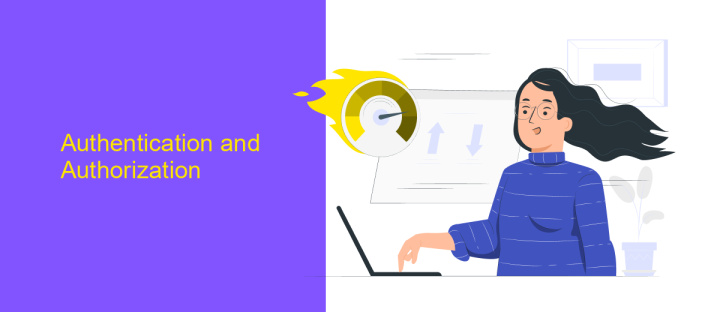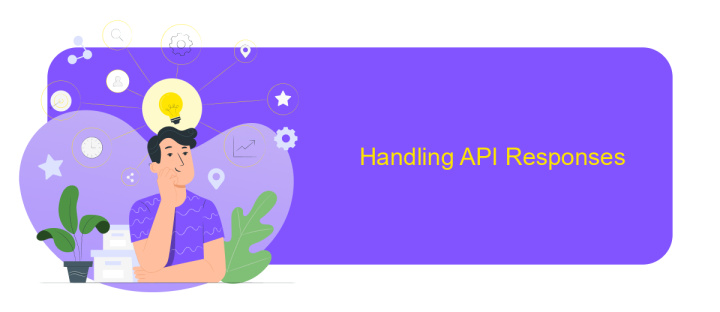Opencart API Integration
OpenCart API integration offers a powerful solution for businesses seeking to streamline their e-commerce operations. By connecting various applications and services, it enables seamless data exchange and enhances the functionality of your online store. This integration not only improves efficiency but also provides a more cohesive user experience, making it an essential tool for businesses aiming to stay competitive in the digital marketplace.
Understanding the OpenCart API
The OpenCart API provides a powerful way to interact with your online store programmatically. This API allows developers to integrate external applications with OpenCart, enabling seamless data exchange and enhanced functionality. By understanding how to use the OpenCart API, businesses can automate tasks, improve efficiency, and create custom solutions tailored to their specific needs.
- Access to store data: Retrieve information about products, categories, orders, and customers.
- Order management: Create, update, and manage orders directly through the API.
- Product updates: Add or modify product details, including prices, stock levels, and descriptions.
- Customer interactions: Manage customer data and interactions for better service and marketing.
- Secure authentication: Ensure data security with token-based authentication methods.
To effectively use the OpenCart API, developers should familiarize themselves with its endpoints and capabilities. This involves understanding the API's request and response formats, authentication requirements, and available resources. By leveraging the OpenCart API, businesses can enhance their e-commerce platforms, streamline operations, and provide a better user experience for their customers. Whether you're looking to automate inventory management or integrate third-party services, the OpenCart API offers the tools needed to achieve your goals.
Authentication and Authorization

When integrating with the OpenCart API, authentication and authorization are crucial components. OpenCart uses API keys to authenticate requests, ensuring that only authorized users can access the system. Each API key is associated with specific permissions, allowing you to control what actions the API user can perform. To set up API keys, navigate to the OpenCart admin panel, go to "System" > "Users" > "API", and create a new API user. Assign the necessary permissions to this user to restrict access to only the required resources.
For enhanced security and streamlined integration, consider using services like ApiX-Drive. ApiX-Drive facilitates the connection between OpenCart and various other platforms, automating data transfer and reducing manual intervention. It supports secure authentication methods, ensuring that your data remains protected during the integration process. By leveraging such services, you can simplify the authorization process, maintain robust security standards, and focus on growing your business without worrying about technical complexities.
Making API Requests

To effectively utilize the OpenCart API, making API requests is a crucial step. These requests allow you to interact with the OpenCart store programmatically, enabling various operations such as retrieving product information, updating inventory, or managing customer data. Understanding how to construct and execute these requests ensures seamless integration and functionality within your application.
- Begin by obtaining the API key from your OpenCart store's admin panel. This key is essential for authentication.
- Construct the API request URL using the base URL of your OpenCart store, followed by the desired endpoint (e.g., /api/products for product data).
- Include the API key as a parameter in your request header to authenticate and authorize your request.
- Choose the appropriate HTTP method (GET, POST, PUT, DELETE) based on the operation you wish to perform.
- Send the request using a tool or library that supports HTTP requests, such as cURL or Postman, and handle the response accordingly.
By following these steps, you can efficiently make API requests to OpenCart, ensuring that your application can interact with the store's data and functionality. Properly handling responses and errors will enhance the reliability and robustness of your integration.
Handling API Responses

When integrating with the OpenCart API, properly handling API responses is crucial for ensuring smooth communication between your application and the OpenCart platform. An API response typically contains valuable information about the request's success or failure, and understanding how to process this data can enhance your application's reliability and user experience.
Firstly, it's important to parse the response data correctly. OpenCart API responses are usually in JSON format, which means you'll need to decode this data to access its contents. Once decoded, you can check for specific keys or values to determine the outcome of your API call. This allows you to handle errors gracefully and take appropriate actions, such as retrying the request or alerting the user.
- Check the HTTP status code to determine if the request was successful.
- Decode the JSON response to access the data.
- Look for error messages or codes in the response body.
- Log responses for debugging and audit purposes.
By implementing a robust response handling strategy, you can ensure that your application remains responsive and informative, even in the face of unexpected API errors. This approach not only improves the user experience but also helps maintain data integrity and operational efficiency.
- Automate the work of an online store or landing
- Empower through integration
- Don't spend money on programmers and integrators
- Save time by automating routine tasks
Common Use Cases and Examples
OpenCart API integration is commonly used to streamline and enhance e-commerce operations. One prevalent use case is inventory management. By integrating with third-party systems, businesses can automatically update stock levels, ensuring accurate availability across all sales channels. This real-time synchronization helps prevent overselling and enhances customer satisfaction. Additionally, integrating with payment gateways through the OpenCart API allows for seamless and secure transactions, reducing cart abandonment rates and improving the overall shopping experience.
Another significant use case is customer relationship management (CRM). By connecting OpenCart with CRM systems, businesses can efficiently manage customer data, track purchase history, and tailor marketing strategies for better engagement. Tools like ApiX-Drive simplify these integrations by providing a user-friendly interface to connect OpenCart with various applications without extensive coding. This facilitates automated workflows, such as sending order confirmations or updating customer profiles, thus improving operational efficiency and customer service. Overall, OpenCart API integration empowers businesses to optimize their processes and deliver a superior shopping experience.
FAQ
What is OpenCart API Integration and why is it important?
How can I set up OpenCart API Integration?
What are the benefits of using an integration tool for OpenCart API?
What challenges might I face during OpenCart API Integration?
How can I automate data synchronization between OpenCart and other platforms?
Time is the most valuable resource for business today. Almost half of it is wasted on routine tasks. Your employees are constantly forced to perform monotonous tasks that are difficult to classify as important and specialized. You can leave everything as it is by hiring additional employees, or you can automate most of the business processes using the ApiX-Drive online connector to get rid of unnecessary time and money expenses once and for all. The choice is yours!


